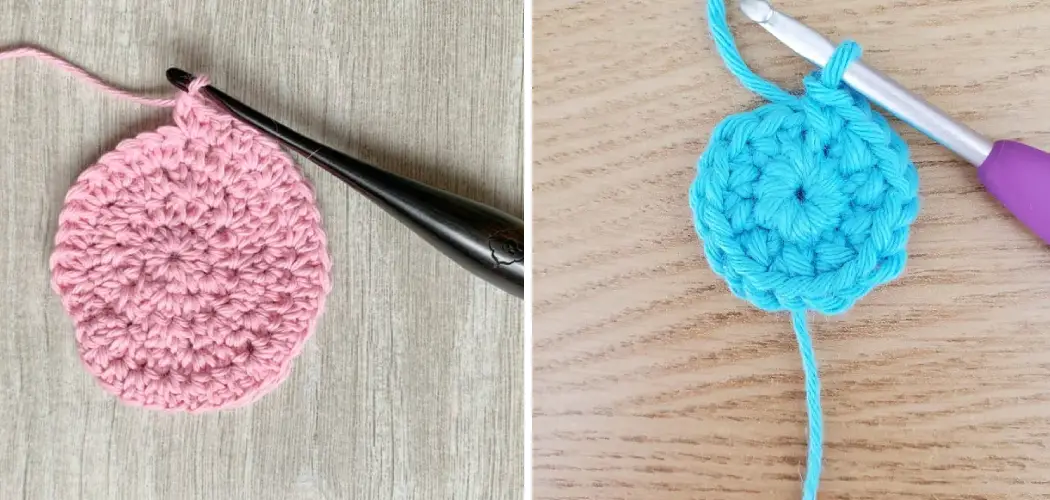Crocheting in the round is commonly used to create circular or tubular items such as hats, bags, and amigurumi. However, when working on a project that requires increasing in size, it can be challenging to know where and how to increase without distorting the shape of your project. In this tutorial on how to increase in crochet in the round, we will guide you through the process of increasing in crochet in the round, step by step.
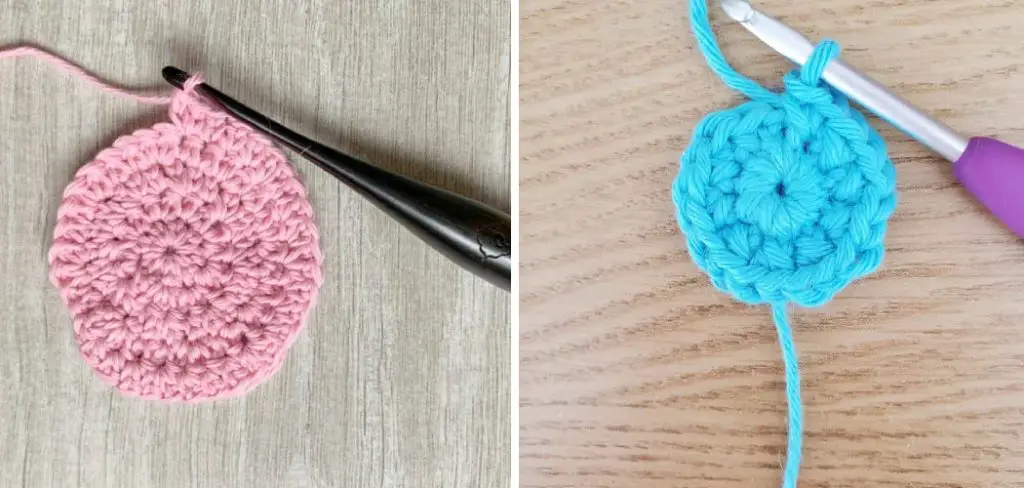
Understanding Increases
Increases are an essential crochet aspect to create larger or more complex shapes. When increasing in crochet, you add extra stitches into your work, which results in a gradual expansion of your project. Increases can be made at the beginning or end of a row, in the middle of a row, or at specific intervals throughout your work. The method you choose to increase will ultimately depend on the pattern you are following and the shape you want to achieve.
Necessary Items
Before we jump into the steps, let’s make sure you have all the necessary items on hand:
- Yarn: Choose an adventure that is suitable for your project and desired size. Thicker yarn will result in more significant increases, while thinner yarn will result in smaller increases.
- Crochet Hook: The size of your crochet hook should correspond with the weight of your yarn. Check the label of your adventure for recommended hook sizes.
- Stitch Marker: This is helpful for marking the beginning and end of a round, as well as any specific intervals where you need to increase.
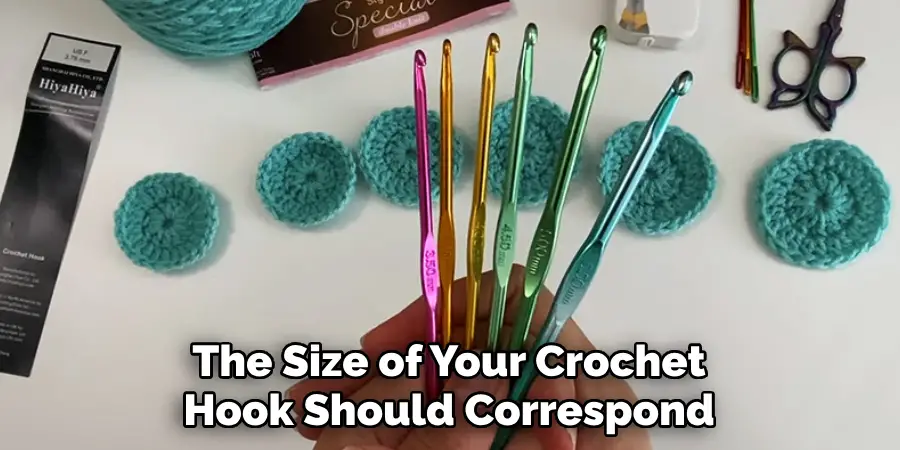
8 Things to Know Before You Start
1) Increases Are Made in Multiples of Two
When increasing in crochet, you will typically make increases in multiples of two. This means that you will add two stitches at a time. For example, if your first round has six stitches, the next round will have eight stitches (2 increases), and the one after that will have ten stitches (4 increases). However, some patterns may require increasing in multiples of three or even four, so always check your design before starting.
2) Increases Can Be Made With Different Stitches
The most common stitch used for increases is the single crochet (sc). However, you can also use other stitches, such as half double crochet (hdc), double crochet (dc), and treble crochet (tr), to make increases. These stitches will result in taller increases, and you may need to adjust the number of increases accordingly.
3) There Are Different Methods for Increasing
There are three main methods for increasing crochet: regular increase, invisible increase, and extended single crochet increase. The method you choose will depend on your preference and the desired look of your project. We will cover each process in detail below.
4) Increases Can Be Made at the Beginning or End of a Round
Increases can be made at the beginning or end of a round, depending on your pattern. If you are increasing at the beginning of a round, you will complete the first stitch in the same stitch as your chain. If you are growing at the end of a round, you will complete the first stitch in the next stitch.
5) Increases Can Be Made in the Middle of a Round
For projects that require shaping, increases can also be made in the middle of a round. This is typically done by working multiple stitches into one stitch, such as two single crochets (sc2tog) or three single crochets (sc3tog). These methods are beneficial for creating curves or angles in your work.
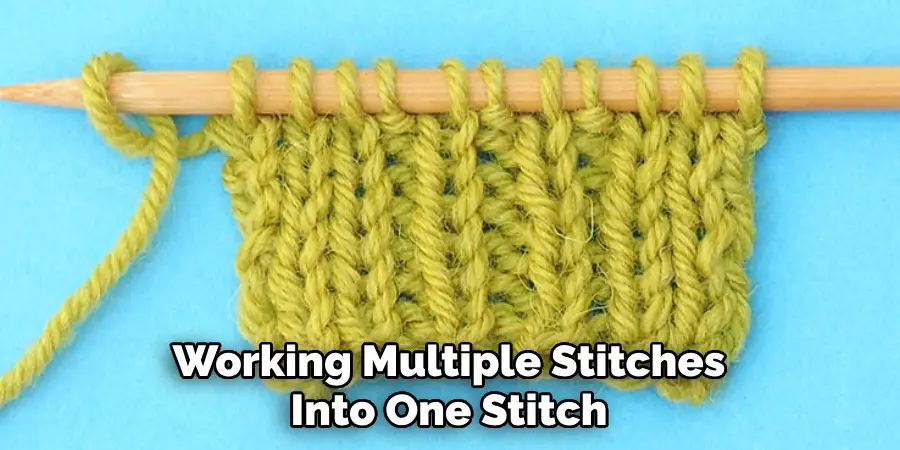
6) Increases Can Be Made at Specific Intervals
Some patterns may require increasing at specific intervals throughout your work. This is often done to achieve a particular shape, such as in amigurumi projects. To ensure accuracy, use stitch markers to mark the beginning and end of each interval where you need to increase.
7) Increases Can Be Made Continuously or Sporadically
Increases can be made continuously, meaning they are repeated in every round, or sporadically, meaning they are only done in specific games. Continuous increases result in a smoother shape, while sporadic increases can create more texture and dimension in your work.
8) Practice Makes Perfect
As with any new skill, increasing in crochet takes practice. Don’t be discouraged if your first few attempts don’t turn out as expected. Keep practicing and experimenting with different methods until you find what works best for you and your project.
10 Steps on How to Increase in Crochet in the Round
Step 1: Identify Where to Increase
The first step in increasing crochet is determining where to add those extra stitches. This will depend on the pattern you are following and the desired shape of your project. If you are working in continuous rounds, you will typically increase at the end of each game. If you are working in joined bands, you may need to increase at both the beginning and end of each game.
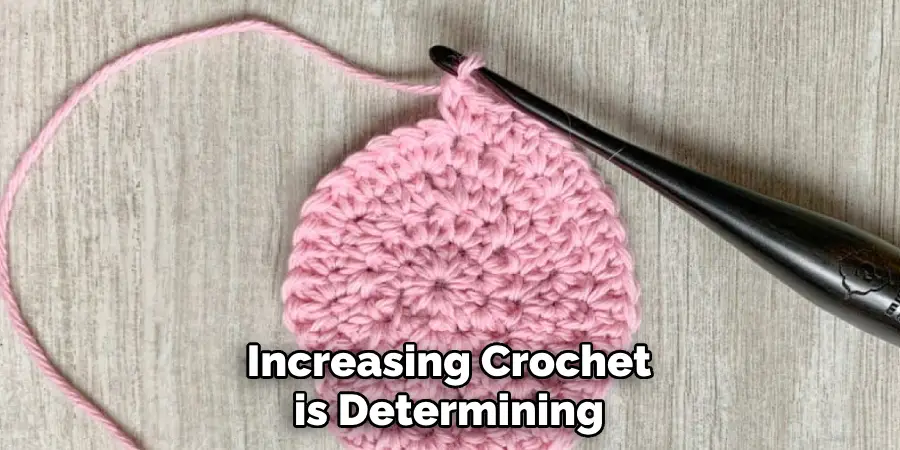
Step 2: Choose Your Method
Next, choose which method you will use to make your increases. As mentioned, there are three main methods: regular increase, invisible increase, and extended single crochet increase. We will describe each process in detail below.
Step 3: Work Your First Stitch
To begin your round, make a slip knot on your hook and then work your first stitch according to the method you have chosen. This could be single crochet (sc), half double crochet (hdc), double crochet (dc), or treble crochet (tr).
Step 4: Regular Increase
For a regular increase, simply work two stitches into the same stitch. This could be two single crochets, two half-double crochets, etc., depending on the stitch you are using. If you are working in joined rounds, make sure to enter your game with a slip stitch before moving on to the next step.
Step 5: Invisible Increase
To create an invisible increase, insert your hook into the front loop of the stitch, yarn over, and pull up a loop. Then, insert your hook into the back loop of the same stitch, yarn over, and pull up a loop. This will create two loops on your hook. Thread over and pull through both loops to complete the stitch.
Step 6: Extended Single Crochet Increase
For an extended single crochet increase, insert your hook into the next stitch, yarn over, and pull up a loop. Instead of immediately completing the stitch, yarn over again and insert your hook into the same stitch. Yarn over and pull up a loop, then yarn over and pull through all three loops on your hook to complete the stitch.

Step 7: Repeat Increases
Continue making increases in each stitch or at the defined intervals until you reach the end of your round. If you are using a regular addition, this will mean working two stitches into each stitch before moving on to the next step.
Step 8: Join Your Round
If you are working in joined rounds, enter your competition with a slip stitch in the first stitch of the game. If you are working in continuous rounds, you can skip this step and continue on to the next round.
Step 9: Repeat Rounds
Continue repeating the previous steps, making sure to increase according to your pattern until you have reached the desired number of rounds.
Step 10: Check Your Work
Once you have completed your project, make sure to check for any obvious mistakes or inconsistencies in your increases. If everything looks good, then congratulations! You have successfully increased your crochet skills and can now move on to more advanced projects.
Remember, practice makes perfect, and it’s always okay to make mistakes along the way. Happy crocheting! So, if you want to improve your crochet skills further, try experimenting with different methods and patterns to find what works best for you. Don’t be afraid to challenge yourself and have fun in the process!
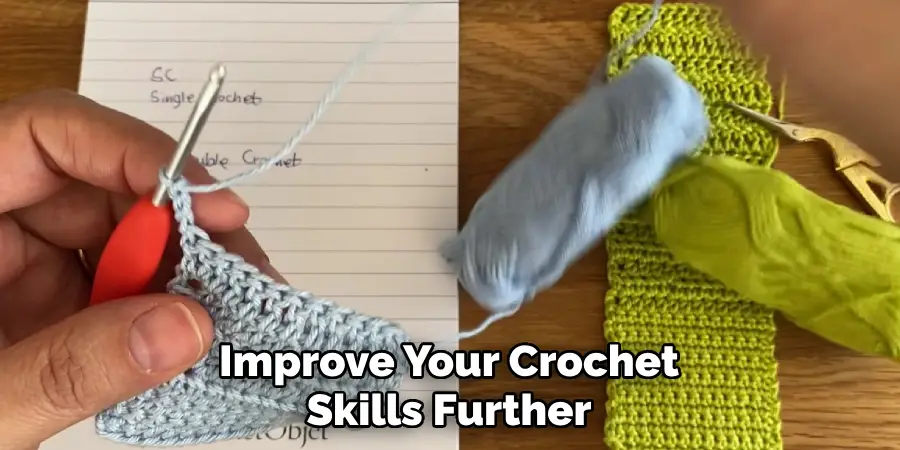
8 Things to Avoid When Increasing in Crochet
1) Skipping Increases
It may be tempting to skip increases or do fewer than the pattern calls for, but this can result in a misshapen or uneven project. Make sure to follow the instructions carefully and make all of the necessary increases.
2) Inconsistent Tension
If your tension is not consistent throughout your work, your increases may appear loose or tight and throw off the shape of your project. Make sure to maintain a consistent tension while increasing.
3) Not Using Stitch Markers
Stitch markers are essential when working with specific intervals for increases. Skipping them can lead to confusion and mistakes in your pattern. Other markers, like safety pins or scraps of yarn, can also work in a pinch.
4) Incorrect Stitch Placement
When working with different methods of increasing, it’s important to place your stitches correctly. For example, for an invisible increase, make sure you are picking up the front and back loops of the stitch before completing the stitch.
5) Not Counting Stitches
Always count your stitches after each round of increases to make sure you have the correct number. Skipping or adding stitches can result in a lopsided project.
6) Using Different Methods in One Project
While it’s essential to experiment with different methods, using different ones in one project can lead to an uneven appearance. Stick to one plan for consistency.
7) Not Practicing First
Before attempting to increase a project, practice the method on a swatch or scrap yarn. This will help you become familiar with the technique and avoid mistakes in your main project. While practice may not make perfect, it can certainly improve your skills!
8) Not Being Patient
Like any new skill, increasing in crochet takes time and patience. Don’t be discouraged if you don’t get it right away. Keep practicing; with time, you will become a pro at increasing!
Remember to take breaks when needed and enjoy the process. Crocheting is a fun and relaxing hobby, so don’t let frustration get in the way. Happy crocheting! So go out there and confidently increase your crochet projects, knowing you have the knowledge and skills to create beautiful, well-shaped pieces. Keep practicing and challenging yourself, and you’ll be amazed at how much your crochet abilities will grow.
8 Additional Tips for Perfect Increases in Crochet
1) Use a Smaller Hook Size
If you find that your increases are too loose or noticeable, try using a smaller hook size when working the increase stitches. This can help create tighter and more seamless additions. But be careful not to go too small, as this can result in a stiff and rigid fabric.
2) Use a Stitch Marker for the First Stitch of Each Round
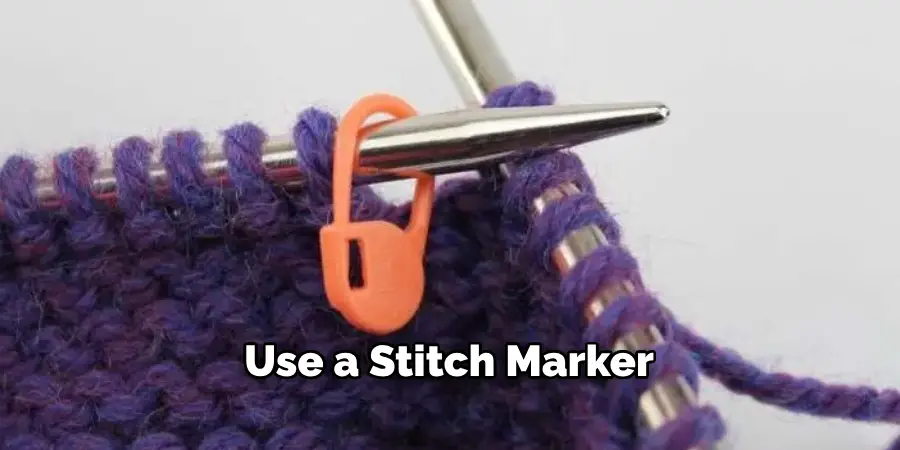
Use a stitch marker at the beginning of each game to ensure that you are always starting your round in the correct stitch. This will also make it easier to count your stitches as you work. More advanced crocheters may prefer to use a different colored stitch marker for the first increase stitch of each round.
3) Practice Different Methods
While it’s essential to find what works best for you, it’s also beneficial to have multiple methods under your belt. This will allow you to choose the best way for each specific project and can also help improve your overall crochet skills.
4) Use Stitch Markers to Count Stitches in a Round
Instead of counting your stitches at the end of each round, use stitch markers to keep track as you work. This can save time and help catch any mistakes early on. Further, you can strategically place stitch markers after each increase to ensure that you are maintaining the correct number of stitches.
5) Test Increases on a Swatch
Before starting a project with increases, try practicing on a swatch using the same yarn and hook size. This will help you become comfortable with the technique and make any necessary adjustments before working on your main project.
6) Use Stitch Markers to Keep Track of Rounds
In addition to counting your stitches, use different colored stitch markers to keep track of which round you are working on. This can be especially helpful for larger projects with many bands. So, instead of counting games, simply move the stitch marker up each time you start a new band.
7) Use Online Resources
There are many online resources available for learning and perfecting crochet techniques. From video tutorials to written instructions, take advantage of these resources to improve your increasing skills.
8) Don’t Be Afraid to Ask for Help
If you need help with a particular method or pattern, feel free to reach out for help. Joining a crochet community or asking a more experienced crocheter for advice can provide valuable insights and tips on how to increase in crochet in the round to perfect your increases. Remember, we all started as beginners, and there is always room to learn and improve! So, keep practicing, experimenting, and having fun with crochet. Your projects will thank you for it!
Frequently Asked Questions about Increasing in Crochet
Which Method is the Best for Increasing in Crochet?
There is no one “best” method for increasing crochet. Different approaches may work better for different projects and personal preferences. It’s essential to experiment and find what works best for you.
Can I Use Different Methods of Increasing in One Project?
While using different methods in one project can lead to an uneven appearance, it is possible to incorporate multiple ways if done strategically. This may be necessary for specific patterns or designs. Just make sure to maintain consistency and proper stitch placement throughout the project.
How Can I Prevent My Increases from Looking Loose or Tight?
Using a smaller or larger hook size, depending on your tension and desired outcome, can help prevent loose or tight increases. Additionally, practicing different methods and finding the best one for you can also lead to more consistent and controlled increases.
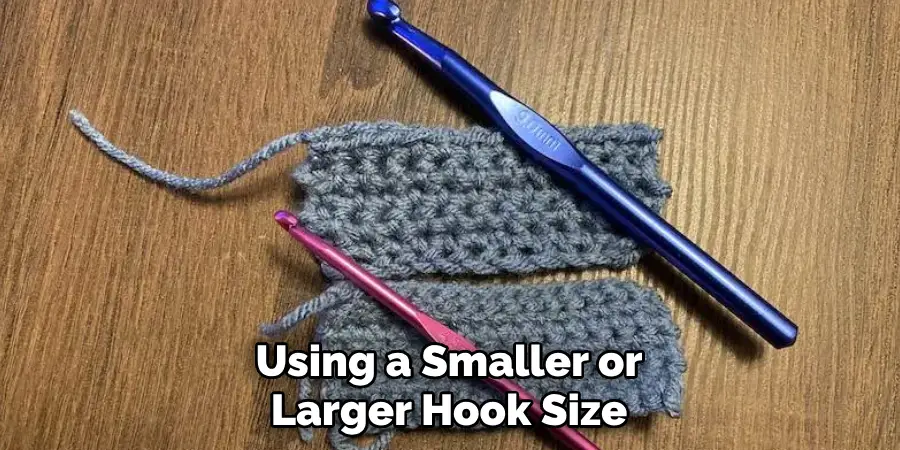
Do I Need to Count My Stitches After Each Round of Increases?
It is recommended to count your stitches after each round of increases. This can help catch any mistakes early on and ensure that you have the correct number of stitches for the next game. Using stitch markers can also assist with keeping track of your stitch count as you work.
When Should I Start Practicing Increases?
It’s never too early to start practicing increases in crochet! Even if you are a beginner, incorporating additions into your projects can help you become more comfortable with the technique and improve your overall crochet skills. Remember to start with simple projects and work your way up as you gain more experience.
So, there is a comprehensive guide on perfecting increases in crochet. From essential tips and techniques to frequently asked questions, this will help you increase confidence and ease in all your future crochet projects. Feel free to experiment, practice, and request for help when needed. And most importantly, have fun with it!
Conclusion
Increasing in crochet may seem intimidating at first, but with practice and patience, it can become second nature. Be sure to avoid common mistakes like skipping increases or not using stitch markers, and be bold and try different methods to find what works best for you.
With these tips and tricks on how to increase in crochet in the round, you’ll be rising like a pro in no time. Happy crocheting! So go forth and create beautiful projects with seamless and well-executed increases. Your crochet skills will continue to grow as you perfect this fundamental technique.

